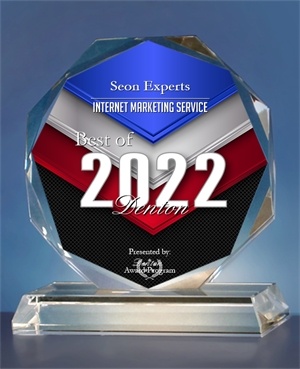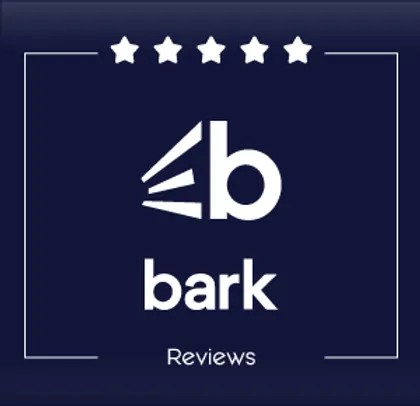
In today’s digital landscape, having a cutting-edge web design is crucial for standing out in a crowded marketplace. With rapid technological advancements and evolving user expectations, websites must be more than just visually appealing—they need to be functional, responsive, and user-centric. This is where cutting-edge web design comes into play, blending aesthetics with usability to create an unforgettable user experience.
At SEON Experts, we understand that the foundation of any successful online presence starts with a state-of-the-art website. Our approach to web design is not just about following trends; it’s about setting them. We leverage the latest tools and technologies to craft websites that are not only beautiful but also highly functional and optimized for search engines. Whether it’s integrating AI-driven features, utilizing advanced CSS techniques, or implementing dynamic content strategies, we ensure your website is future-proof and scalable.
Ready to transform your online presence with a cutting-edge web design? Call us today at (817) 213-6090 to get started!
Latest Web Design Trends for 2023

As we venture into 2023, several exciting web design trends are set to dominate the landscape, pushing the boundaries of creativity and functionality. One of the most significant trends is the rise of dark mode designs. Dark mode not only provides a sleek, modern appearance but also reduces eye strain and saves battery life on OLED screens, making it a user-friendly option.
Another trend gaining traction is the use of neumorphism, which combines skeuomorphism and flat design to create soft, extruded plastic-like elements that are both visually appealing and interactive. This approach adds depth and realism to the design, enhancing user engagement. In addition, microinteractions are becoming increasingly popular. These are subtle, often almost imperceptible animations or design elements that provide feedback to the user, making the interaction more intuitive and enjoyable.
Furthermore, the integration of AI and machine learning is revolutionizing web design. AI-driven chatbots, personalized content, and predictive analytics are being embedded into websites to provide a more customized and efficient user experience. Lastly, asymmetric layouts and broken grids are making waves, allowing designers to break free from traditional grid structures and create more dynamic, unique designs that capture users’ attention.
Staying updated with these trends is essential for businesses aiming to maintain a competitive edge. By incorporating these cutting-edge techniques, you can ensure your website remains relevant and engaging in an ever-evolving digital world.
Innovative Tools for Web Design
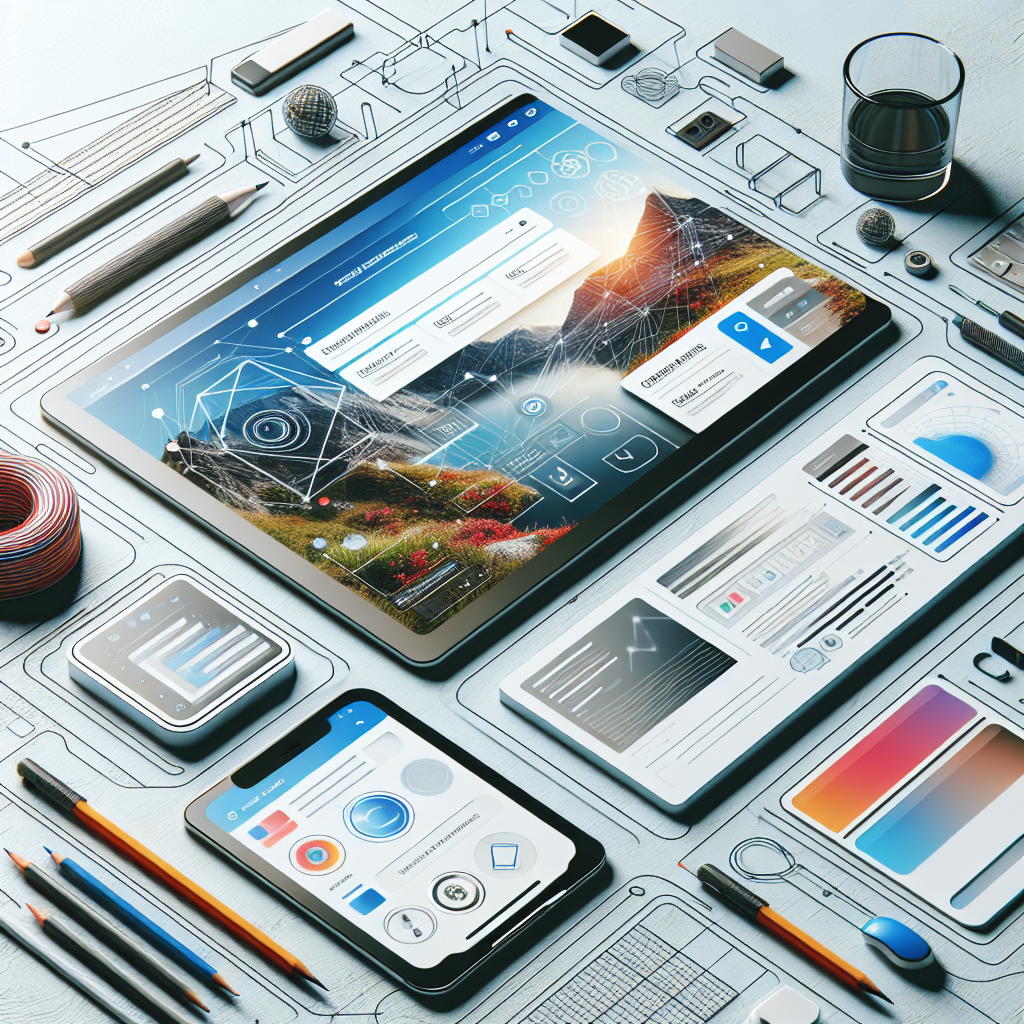
To keep up with the fast-paced world of cutting-edge web design, leveraging innovative tools is essential. These tools not only streamline the design process but also enhance creativity and functionality. One standout tool is Figma, a cloud-based design tool that facilitates real-time collaboration among team members. Its intuitive interface and powerful features make it a favorite among designers.
Another indispensable tool is Adobe XD. Known for its robust prototyping and wireframing capabilities, Adobe XD allows designers to create interactive prototypes that closely mimic the final product. This enables thorough testing and feedback collection before the development phase begins.
For those looking to incorporate advanced animations and interactions into their designs, Webflow is a game-changer. Webflow combines the power of a visual design tool with the flexibility of coding, allowing designers to create complex animations and responsive designs without writing a single line of code.
Moreover, Sketch remains a cornerstone of the web design toolkit. Famous for its vector editing capabilities and extensive plugin ecosystem, Sketch is ideal for creating high-fidelity designs and prototypes. Another noteworthy mention is InVision, which excels at creating interactive prototypes and gathering user feedback through its powerful collaboration features.
Finally, for designers focused on performance and accessibility, Lighthouse by Google is an invaluable tool. Lighthouse provides audits for performance, accessibility, SEO, and more, ensuring that your web design meets modern standards and best practices.
By integrating these innovative tools into your workflow, you can elevate your web design projects, making them more efficient, interactive, and user-friendly.
Best Practices in Modern Web Design
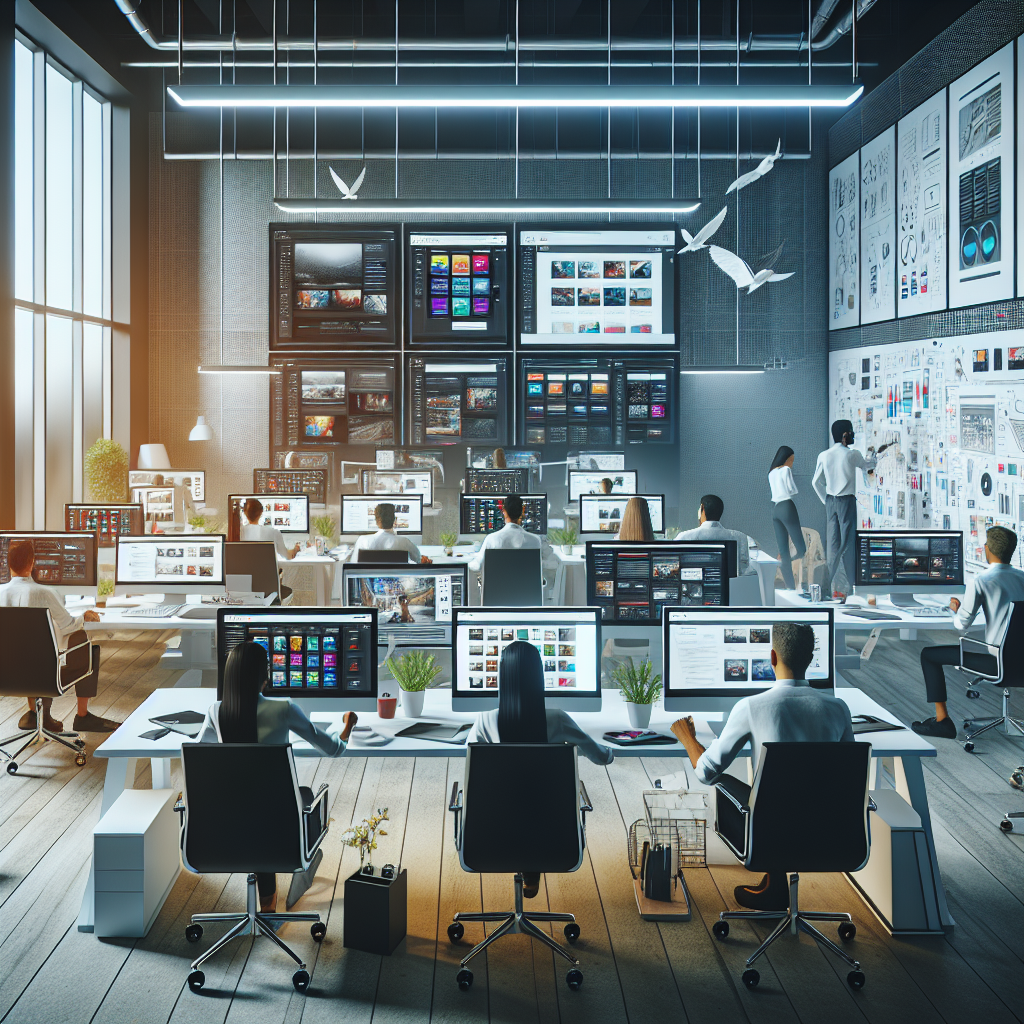
In the realm of cutting-edge web design, adhering to best practices is crucial for creating websites that are both visually appealing and highly functional. One of the primary best practices is ensuring a responsive design. With a multitude of devices and screen sizes in use today, a website must adapt seamlessly to provide an optimal viewing experience across all platforms.
Another cornerstone of modern web design is minimalism. By focusing on simplicity and eliminating unnecessary elements, designers can create clean and intuitive interfaces that enhance user experience. This approach not only improves aesthetics but also speeds up load times, which is critical for retaining visitors and improving SEO.
Accessibility is another vital aspect. Designing with accessibility in mind means ensuring that all users, including those with disabilities, can navigate and interact with your website effectively. This includes using proper HTML tags, providing alt text for images, and ensuring that text is readable with sufficient color contrast.
Performance optimization is also essential. Techniques such as image compression, lazy loading, and leveraging browser caching can significantly reduce load times, providing a smoother and more enjoyable user experience. Additionally, using a content delivery network (CDN) can help distribute content more efficiently and reduce server load.
Incorporating microinteractions—small, subtle animations that guide users and provide feedback—can greatly enhance user engagement. These interactions make the user experience more intuitive and enjoyable by offering immediate responses to user actions.
Finally, maintaining a focus on SEO best practices is indispensable. This includes optimizing meta tags, using descriptive URLs, and ensuring that your website is mobile-friendly. By following these best practices, you can create modern web designs that are not only beautiful but also functional, accessible, and optimized for both users and search engines.
Enhancing User Experience with Cutting-Edge Design
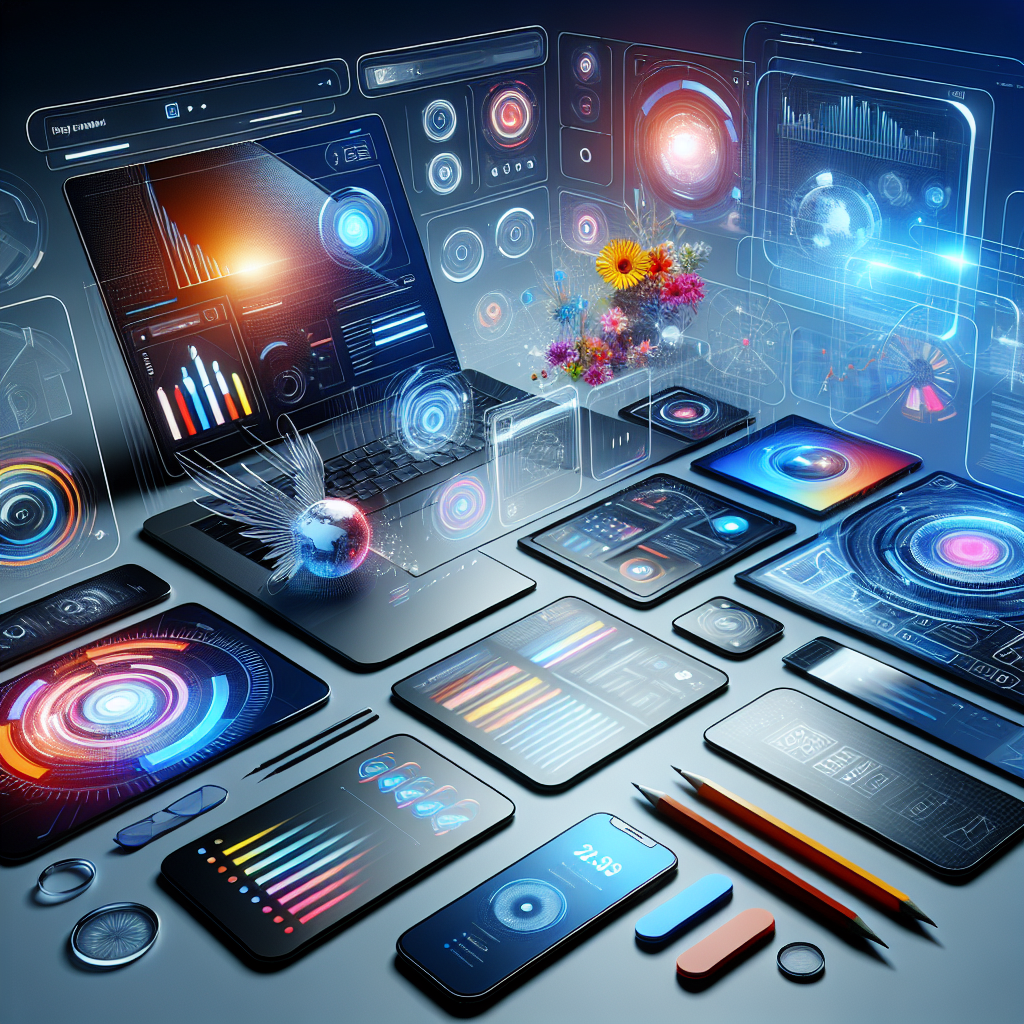
Enhancing user experience (UX) is at the heart of cutting-edge web design. One of the primary ways to achieve this is through intuitive navigation. When users can easily find what they are looking for, they are more likely to stay on your site longer and engage with your content. This involves clear labeling, logical structure, and easily accessible menus.
Another critical factor is the use of high-quality visuals. Modern web design leverages high-resolution images, videos, and graphics to capture the user’s attention. However, it’s essential to balance visual appeal with performance optimization to avoid slow load times, which can frustrate users.
Personalization is also key to enhancing UX. By utilizing data analytics and user behavior insights, you can tailor content to individual preferences, making the experience more relevant and engaging. This could include personalized recommendations, dynamic content, and localized information.
Incorporating microinteractions can significantly elevate the user experience. These small, subtle animations provide feedback and guide users through tasks, making interactions feel more natural and enjoyable. For example, a simple hover effect on a button can indicate it is clickable, enhancing usability.
Ensuring fast load times is crucial. Users expect websites to load quickly, and delays can lead to higher bounce rates. Techniques such as image optimization, minimizing HTTP requests, and using asynchronous loading for scripts can help achieve faster load times.
Finally, a focus on mobile-first design is indispensable. With the increasing use of mobile devices, designing for smaller screens first ensures that the user experience is seamless across all devices. This approach prioritizes essential content and functionality, creating a more efficient and user-friendly experience.
By focusing on these elements, you can leverage cutting-edge design techniques to create a website that not only looks great but also provides an exceptional user experience that keeps visitors coming back.
Future of Web Design: What to Expect
The future of web design is poised to be an exciting blend of innovation and technology. One of the most anticipated trends is the rise of Artificial Intelligence (AI) and Machine Learning. These technologies will allow for more personalized and dynamic content delivery, as websites will be able to learn from user behavior and adapt in real-time to provide a more tailored experience.
Another emerging trend is the use of Virtual Reality (VR) and Augmented Reality (AR). These technologies have the potential to transform the way users interact with websites, offering immersive experiences that go beyond traditional interfaces. Imagine browsing a retail site where you can virtually try on clothes or explore a hotel room before booking.
As sustainability becomes a growing concern, eco-friendly web design is set to gain prominence. This includes optimizing websites to consume less energy and adopting green hosting solutions. Not only does this benefit the environment, but it also appeals to the increasing number of eco-conscious consumers.
The integration of voice user interfaces (VUIs) is another trend to watch. With the rise of smart speakers and voice-activated assistants, designing websites that can be navigated and interacted with using voice commands will become increasingly important.
Progressive Web Apps (PWAs) are also expected to shape the future of web design. PWAs offer the benefits of both web and mobile apps, providing a seamless user experience with faster load times, offline access, and push notifications. This hybrid approach is likely to become a standard practice in web design.
Lastly, the focus on accessibility will continue to grow. Ensuring that websites are accessible to all users, including those with disabilities, will be a critical aspect of future web design. This includes implementing features like screen reader compatibility, keyboard navigation, and high-contrast modes.
Staying ahead of these trends will be crucial for businesses looking to maintain a competitive edge. Embracing these innovations can help create more engaging, efficient, and inclusive web experiences. Call us today at (817) 213-6090 to learn how SEON Experts can help you navigate the future of web design and keep your business at the forefront of digital innovation.






